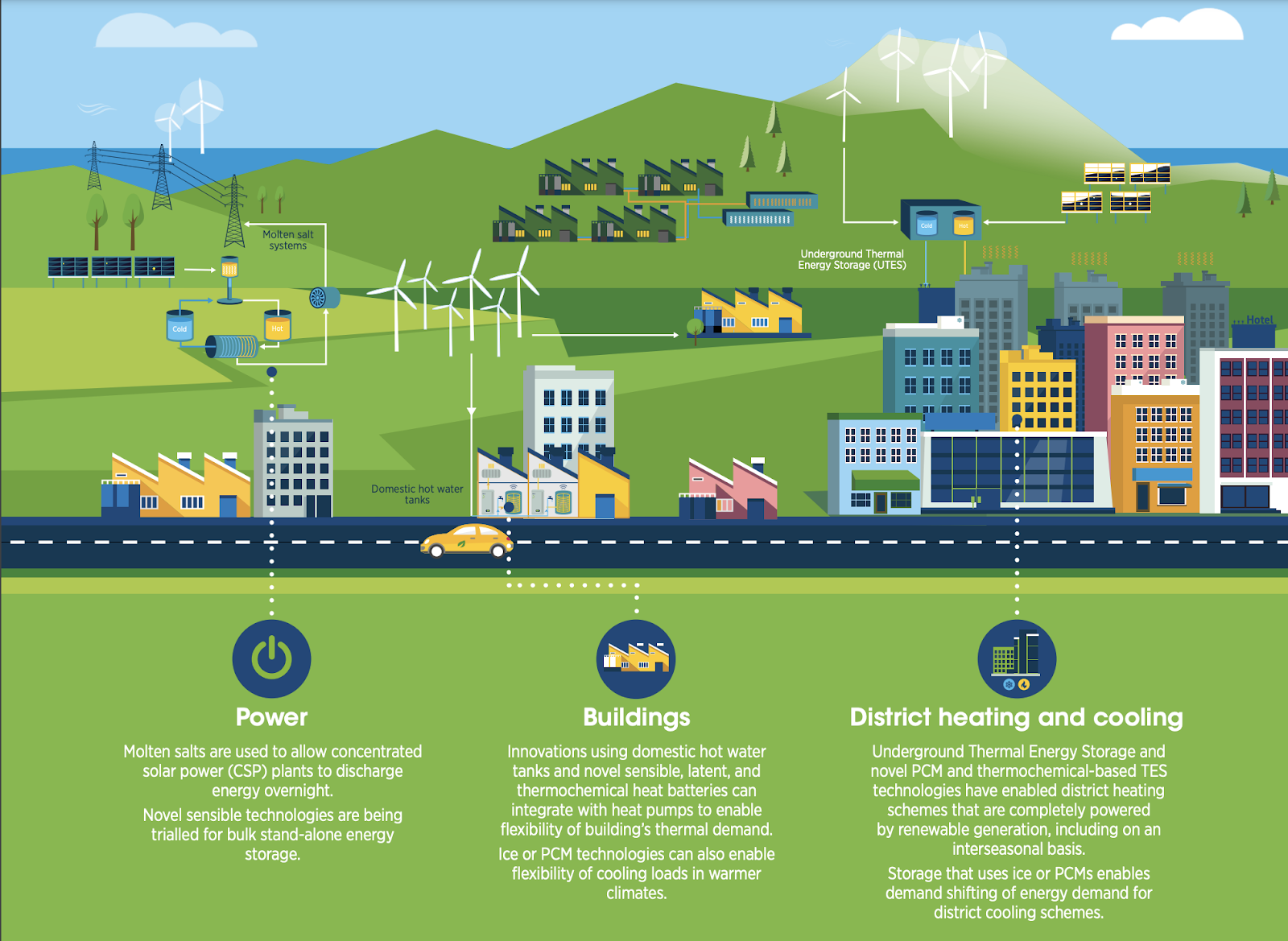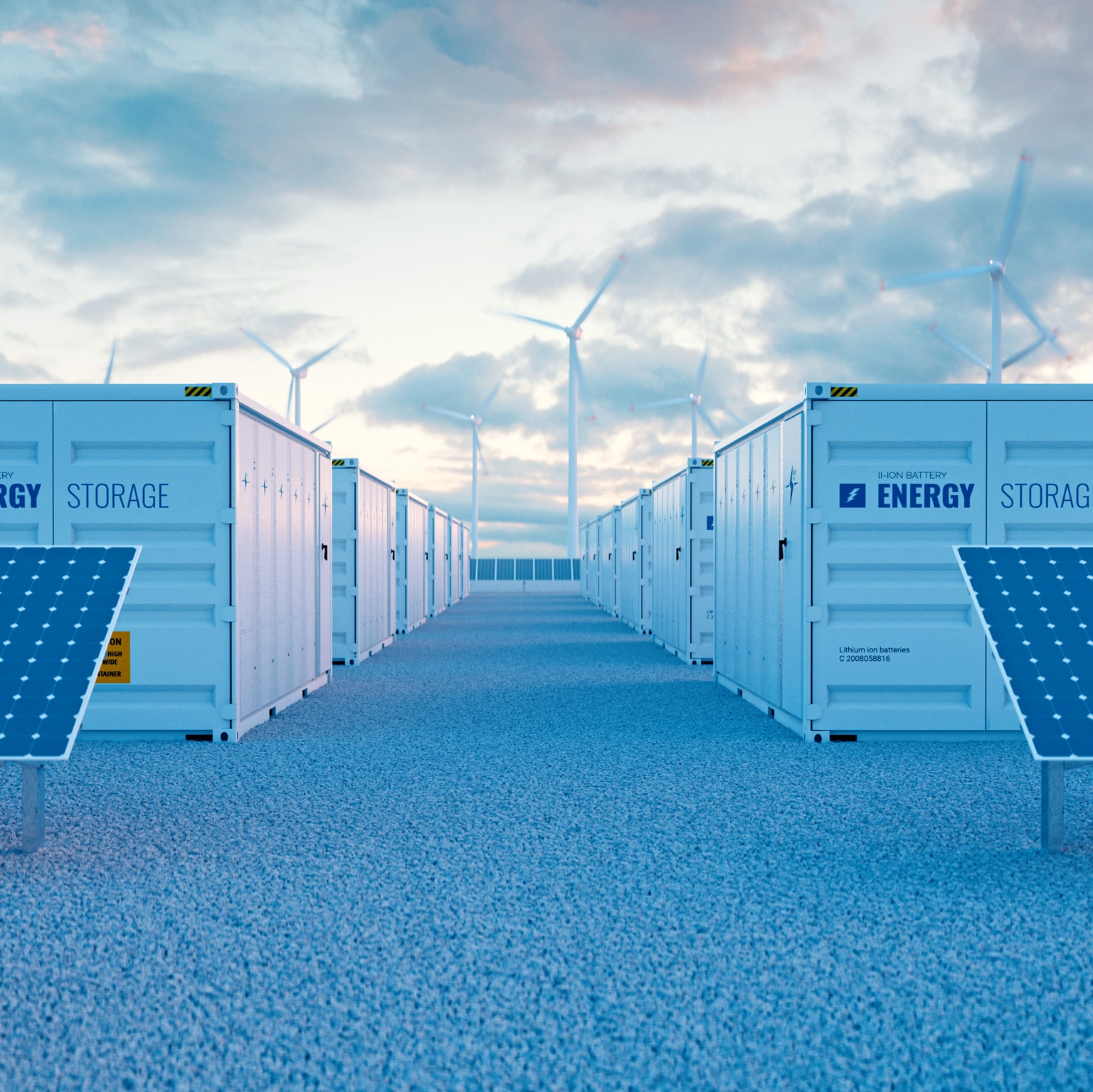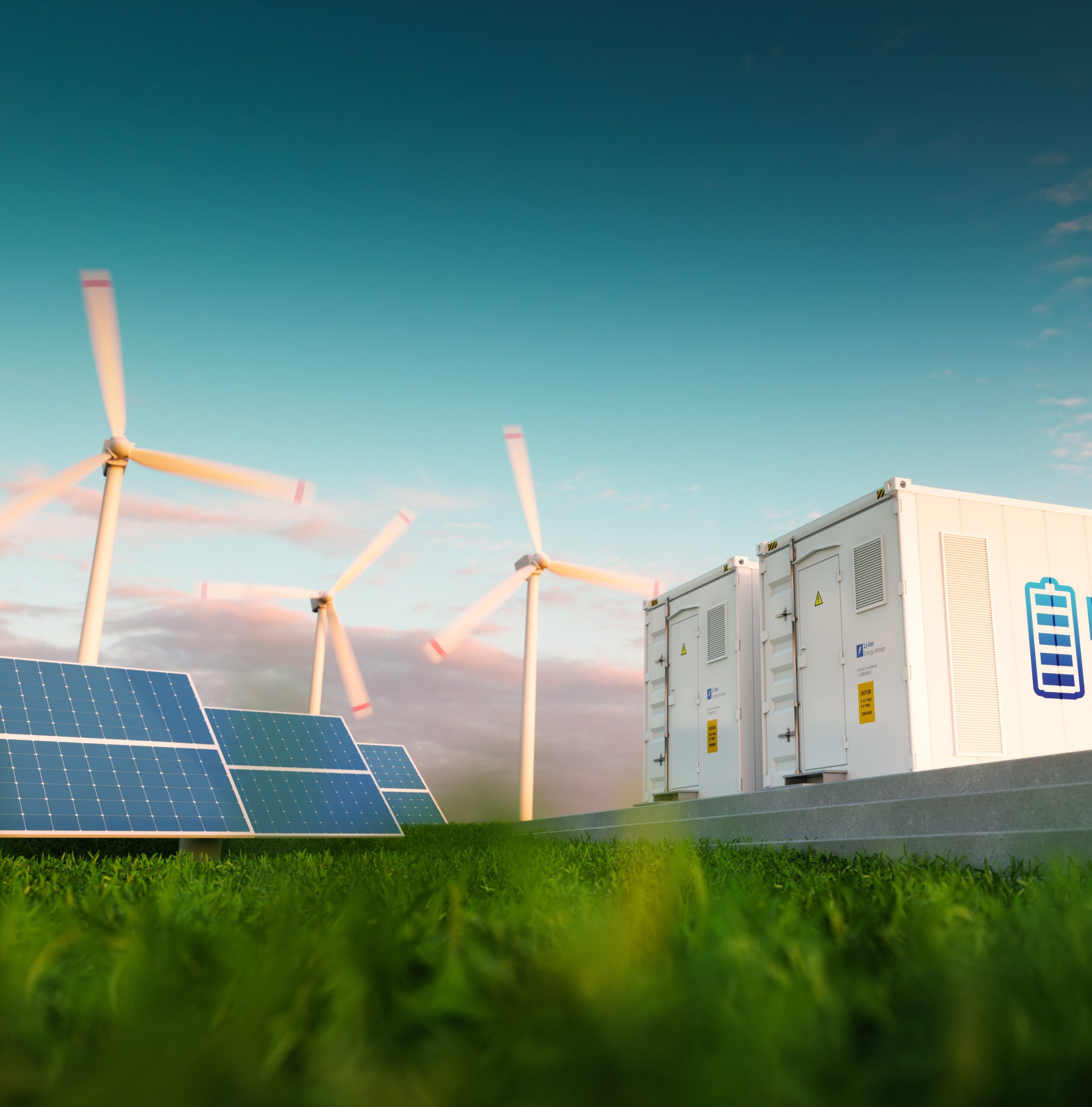Energy Storage for Renewables: Unlocking the Potential of Clean Energy
As the world shifts towards more sustainable energy sources, renewable energy technologies like solar, wind, and hydropower are becoming increasingly important. However, the intermittent nature of these energy sources — the fact that the sun doesn’t always shine, and the wind doesn’t always blow — presents a challenge for grid stability and energy security. This is where energy storage plays a crucial role.
In this article, we’ll dive deep into the concept of energy storage for renewables, exploring how it works, the various types of energy storage solutions available, their benefits, and the future of energy storage in the clean energy revolution.

What is Energy Storage for Renewables?
Energy storage refers to the process of capturing energy produced at one time for use at a later time. In the context of renewable energy, energy storage systems (ESS) are designed to store the energy generated by renewable sources like wind and solar for use during periods of low generation or high demand.
Unlike traditional energy sources, which provide a steady and reliable output, renewable energy systems are often dependent on environmental conditions. This is where battery storage and other forms of energy storage come into play. By storing excess energy when production is high, energy storage systems ensure that this energy can be used later when demand outpaces supply.
Types of Energy Storage Systems
There are several types of energy storage systems, each with unique features and applications. The most common ones include:
1. Battery Energy Storage Systems (BESS)
Batteries are the most widely used form of energy storage, especially in residential and commercial applications. These systems store electricity in chemical form and release it when needed. The two most common types of batteries used for energy storage are:
- Lithium-ion Batteries: These are currently the most popular due to their high energy density, long cycle life, and efficiency. They are commonly used for solar energy storage in homes and businesses.
- Flow Batteries: These use a liquid electrolyte to store energy and are typically used in larger-scale installations, such as those in grid-scale applications.
2. Pumped Hydro Storage
Pumped hydro storage is one of the oldest and most widely used forms of energy storage. It involves pumping water from a lower reservoir to an upper one when excess power is available. When energy is needed, the water is released and flows downhill to generate electricity via turbines.
Although this system is highly effective and can store large amounts of energy, it requires specific geographic conditions, such as elevation differences and access to large bodies of water.
3. Compressed Air Energy Storage (CAES)
CAES works by using excess energy to compress air and store it in underground caverns or containers. When energy is needed, the compressed air is released and heated, driving a turbine to generate electricity. CAES systems are generally more suited to larger, grid-scale applications.
4. Thermal Energy Storage
In thermal energy storage, excess electricity is used to generate heat, which can then be stored and converted back to electricity when needed. This type of storage is often used in concentrated solar power (CSP) plants, where heat is stored in materials like molten salts and used to generate steam that drives turbines.
5. Flywheel Energy Storage
A flywheel stores energy in the form of rotational kinetic energy. When energy is available, the flywheel spins up to store the energy, and when it’s needed, it releases the stored energy to generate electricity. Flywheel systems are best suited for short-term storage and high-efficiency applications.
The Importance of Energy Storage for Renewables
The integration of renewable energy into the global grid brings several challenges, most notably its intermittent nature. However, energy storage systems can help mitigate these challenges by providing the following key benefits:
1. Grid Stability
By storing excess energy generated during periods of low demand, energy storage helps maintain grid stability by providing energy during high-demand periods when renewable energy generation may be insufficient. This reduces the reliance on fossil fuels and helps to integrate renewables more seamlessly into the grid.
2. Flexibility and Efficiency
Energy storage systems offer flexibility and efficiency in power distribution. They allow for the shifting of energy from times of high generation to times of high demand. This helps avoid waste and ensures that renewable energy is used efficiently.
3. Cost Savings
In the long run, investing in energy storage can lead to significant cost savings by reducing the need for backup fossil fuel plants and by enabling better management of energy supply and demand.
4. Decentralized Energy Systems
With distributed energy storage, individual homes or businesses can store their own renewable energy, providing greater energy independence and reducing the strain on the central grid. This is particularly important in regions that are prone to power outages or have unreliable grid infrastructure.
5. Reducing Carbon Emissions
Energy storage systems enable the use of clean energy when it is most needed, helping to reduce carbon emissions associated with conventional energy sources. By enabling higher penetration of renewables, energy storage can contribute significantly to climate change mitigation.

Challenges of Energy Storage
Despite the promising potential of energy storage systems, several challenges remain, particularly regarding scalability and cost-effectiveness.
1. High Initial Costs
While the price of energy storage technologies, particularly batteries, has been decreasing in recent years, the initial costs of purchasing and installing energy storage systems remain high, especially for residential and commercial use.
2. Limited Storage Capacity
Some energy storage technologies, such as flywheels and batteries, have limited storage capacity, which means they may not be sufficient to meet large-scale or long-duration energy needs. Pumped hydro and CAES offer better storage capacity but require specific geological conditions and significant infrastructure.
3. Environmental Impact
Some energy storage technologies, particularly batteries, involve the use of materials like lithium, cobalt, and nickel, which have environmental and ethical concerns related to their extraction. Recycling and sustainable sourcing of these materials will be critical in mitigating these impacts.
The Future of Energy Storage
The future of energy storage is bright, with continuous advancements in technology aimed at improving the efficiency, cost-effectiveness, and scalability of storage systems. Here are a few key trends that are expected to shape the future of energy storage:
1. Advancements in Battery Technologies
The development of next-generation batteries, including solid-state batteries and flow batteries, will likely improve energy storage capacity and efficiency. Innovations in recycling and second-life applications for batteries will also reduce environmental impact.
2. Integration with Smart Grids
Smart grids, which leverage digital technologies for more efficient power distribution, will become increasingly integrated with energy storage systems. This will enable real-time energy management and more dynamic responses to changes in energy supply and demand.
3. Hybrid Energy Storage Systems
In the future, we may see the rise of hybrid energy storage systems that combine different storage technologies to maximize efficiency. For example, a combination of batteries for short-term storage and pumped hydro or CAES for long-term storage could offer an optimal solution for grid-scale energy storage.
4. Increased Renewable Energy Penetration
As renewable energy technologies like solar and wind become more cost-competitive, the demand for energy storage will continue to grow. This will further accelerate the adoption of energy storage systems and drive innovation in storage solutions.
FAQs about Energy Storage for Renewables
1. What is the role of energy storage in renewable energy integration?
Energy storage helps integrate renewable energy into the grid by storing excess energy when generation is high and releasing it when generation is low, ensuring a continuous, stable energy supply.
2. What is the most common form of energy storage for renewables?
Battery energy storage systems (BESS) are the most common form of energy storage used for renewable energy, particularly lithium-ion batteries, due to their high energy density and efficiency.
3. Can energy storage systems reduce electricity costs?
Yes, energy storage systems can reduce electricity costs by storing cheap, off-peak energy and using it during high-cost peak hours, reducing reliance on expensive grid power.
4. How long can energy storage systems last?
The lifespan of energy storage systems varies depending on the technology. Lithium-ion batteries typically last between 10 and 15 years, while other technologies like pumped hydro can last much longer.
Conclusion
Energy storage is key to unlocking the full potential of renewable energy sources. By improving grid stability, increasing the efficiency of energy use, and reducing reliance on fossil fuels, energy storage technologies can accelerate the transition to a cleaner, more sustainable energy future. As
advancements in technology continue to emerge, energy storage will undoubtedly play an even more significant role in shaping the global energy landscape.


